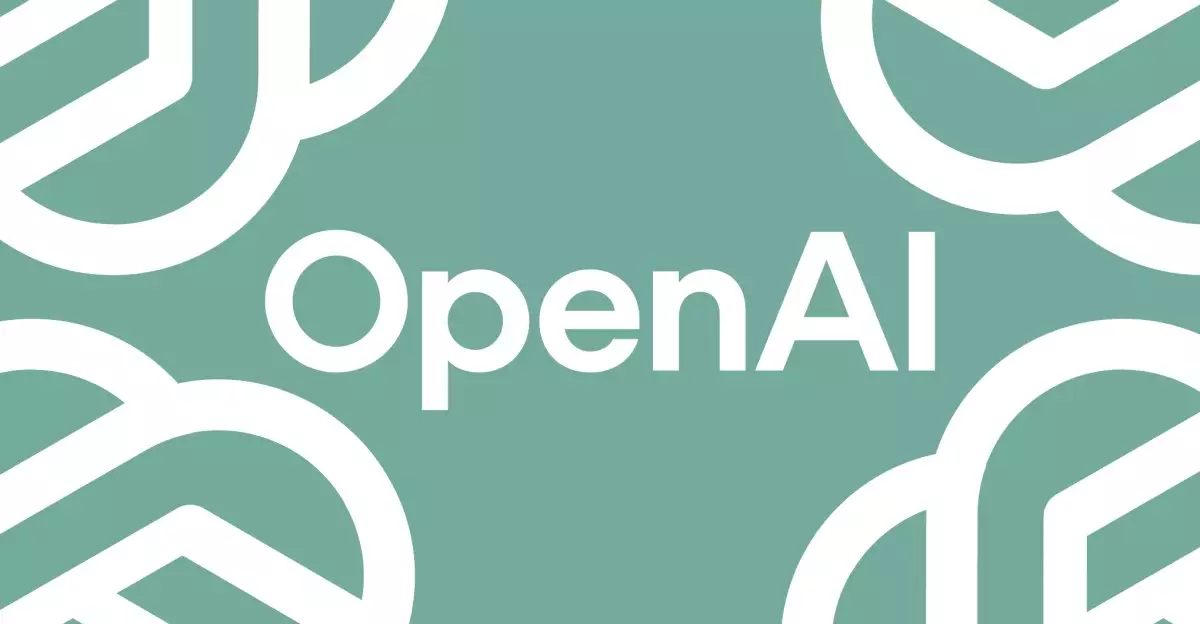The recent unveiling of OpenAI’s GPT-4.1 marks a pivotal moment in the landscape of artificial intelligence. This new multimodal model highlights the company’s commitment to innovation while also indicating a strategic delay in the highly anticipated launch of GPT-5. In an industry synonymous with rapid technological advancement, this latest iteration signifies an important evolution, offering a multitude of enhancements that expand the potential uses of AI across various fields.
The Capabilities of GPT-4.1
Unlike its predecessor, GPT-4o, the GPT-4.1 model carries significant improvements, particularly in the handling of coding tasks and adherence to instructional prompts. OpenAI’s claims of enhanced reliability and performance are backed by a context window expanded to an impressive one million tokens—far surpassing the previous limit of 128,000. Such a dramatic increase allows developers greater flexibility, as they can now incorporate lengthy textual data, images, and even videos into their queries, a major leap for creative and analytical applications alike.
Moreover, the introduction of GPT-4.1 comes with the additional models of GPT-4.1 Mini and Nano, catering to developers’ need for varied pricing and performance options. Each model is positioned to promote accessibility in AI development, ensuring that both small startups and larger enterprises can harness this robust technology without prohibitive costs.
Competitive Edge in Cost and Efficiency
Market dynamics are shifting, and OpenAI seems acutely aware of the emerging competition, especially with players like DeepSeek stepping onto the field with ultra-efficient models. The announcement that GPT-4.1 is priced 26 percent lower than GPT-4o is a strategic move to maintain market share while enhancing performance. For businesses and developers weighing the ROI of AI solutions, this cost efficiency is not just a beneficial factor; it’s a critical consideration in an increasingly crowded marketplace.
The Implications of Delaying GPT-5
While the advancements in GPT-4.1 are praiseworthy, the decision to delay GPT-5 raises several questions. Is OpenAI playing it safe by refining the existing model instead of rushing a new version that may not meet high expectations? It’s essential to consider the implications of releasing a product that may not be ready to compete. Delays can illustrate a commitment to quality, but they also risk giving competitors the opportunity to fill the void left by new technology.
In the field of AI development, where even minor adjustments can provide significant competitive advantages, OpenAI’s cautious approach may ultimately serve it well. As AI adoption climbs across various sectors, the demand for powerful, efficient, and affordable models is accelerating. OpenAI’s commitment to long-term improvement rather than short-term gain could fortify its position in the market.
Looking Ahead: OpenAI’s Vision
OpenAI’s latest advancements reflect not only a response to market demands but also a forward-thinking attitude that prioritizes user needs and technological potential. As AI persists in its transformative capabilities, models like GPT-4.1 exemplify the balance of efficacy, affordability, and user-centric design. The landscape of AI is likely to continue evolving rapidly, and with OpenAI at the forefront, the future holds exciting prospects for both developers and industries reliant on this technology.

